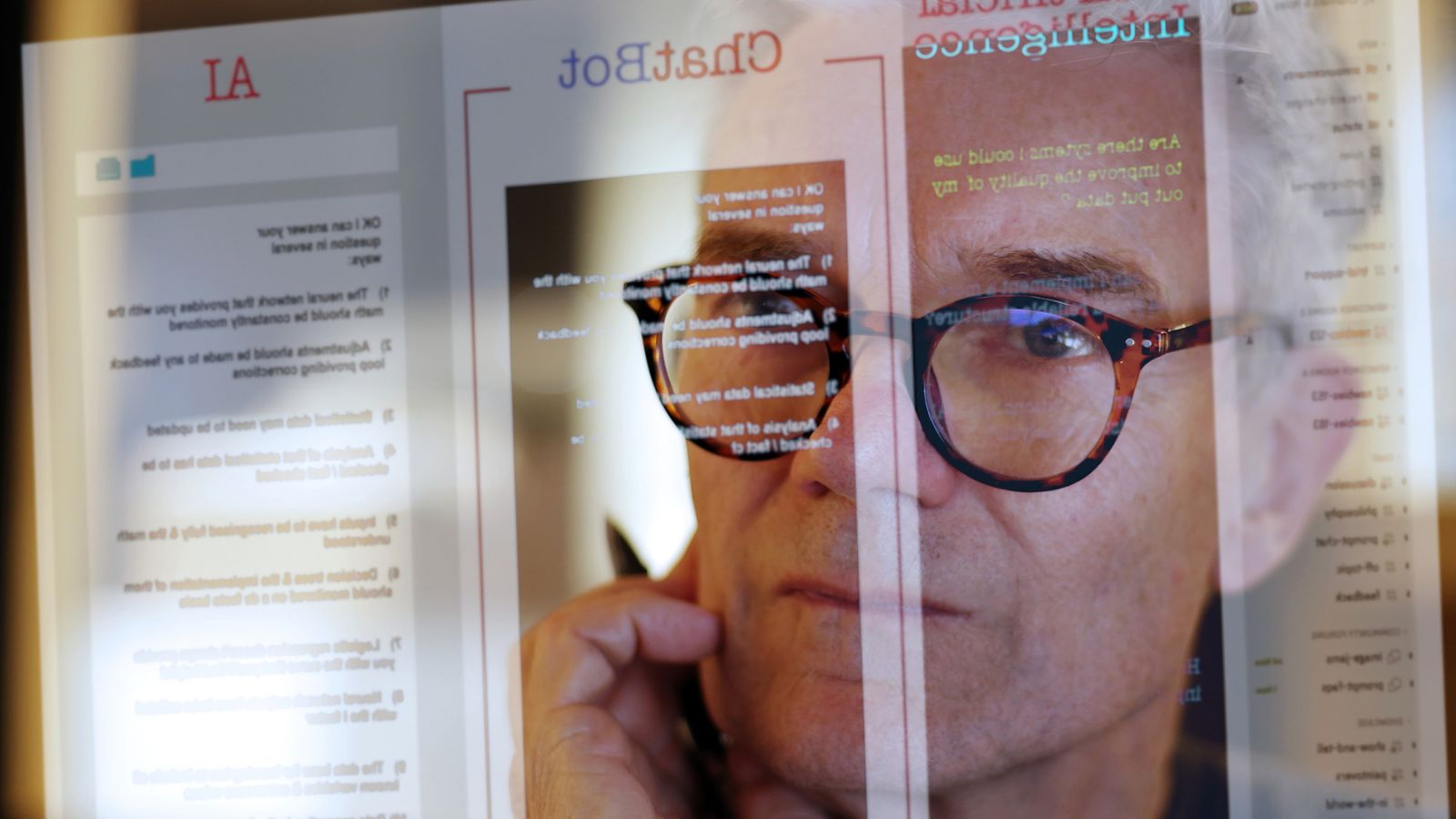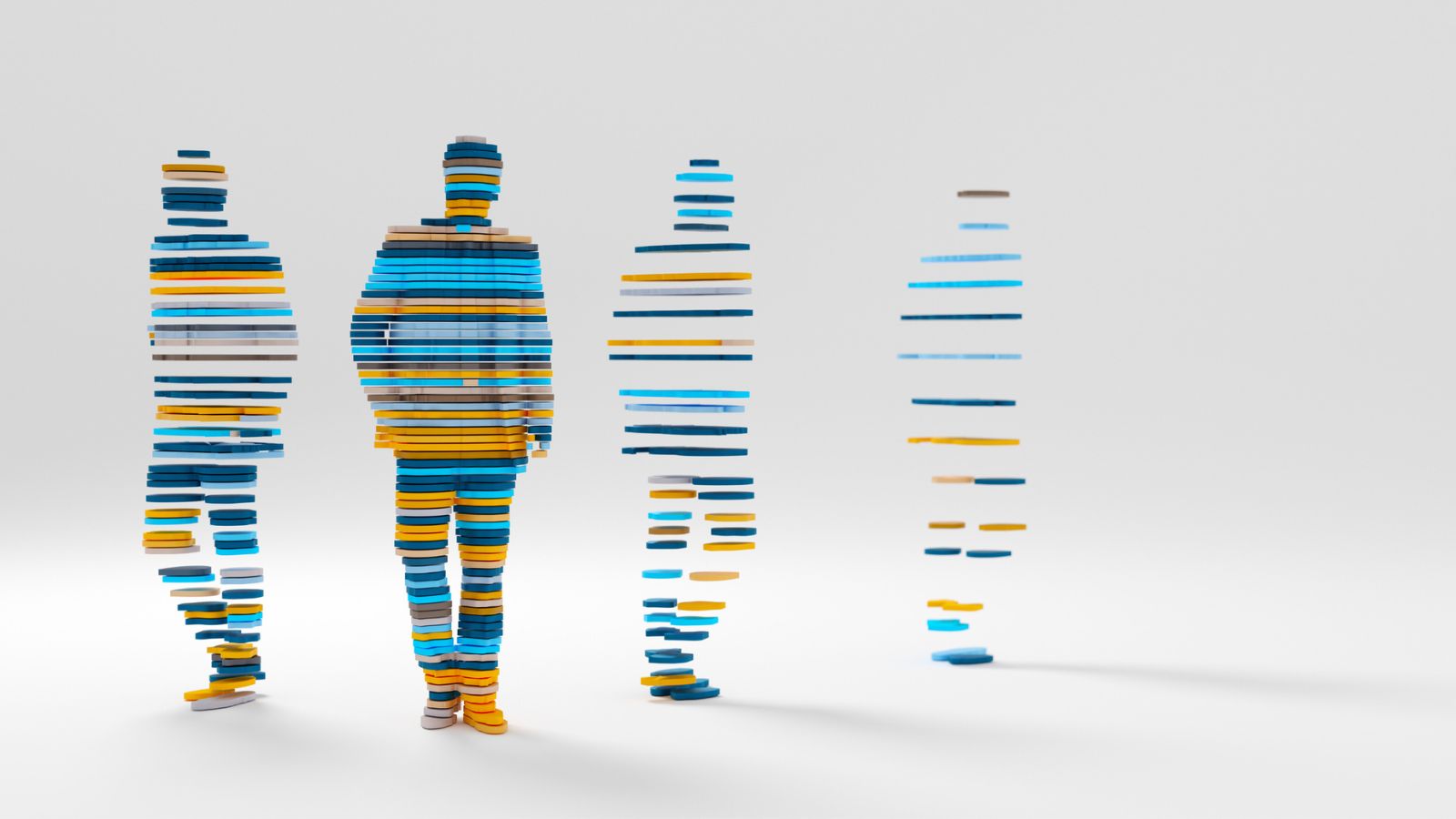- Article
From Chaos to Confidence: Building Structure for Better AI Training
Getting data ready for AI training is about more than scale, it’s about structure. And too often, that structure is missing.
We see it all the time: massive datasets spread across folders, tools that don’t work well together, and reviewers left stitching together instructions from spreadsheets, screenshots, or memory. Without centralized systems, human annotators spend more time managing tasks than doing the work. Errors multiply. Timelines stretch. Quality suffers.
At Argos, we build solutions that help people work faster and more accurately, whether that’s scoring long-form responses, annotating visual QA pairs, or correcting multilingual video clips. These tools are part of our Smart Suite: a set of integrated environments designed to help reviewers work faster and more efficiently, without sacrificing quality. Instead of asking language professionals to work around broken systems, we give them the structure to do their best work from the start.
Smart Suite isn’t a single tool. It’s a flexible set of platforms shaped around the type of content being reviewed. In the next sections, we’ll walk through three different use cases: long-form text evaluation, image-based QA annotation, and multilingual video correction. Each one posed its own challenges and each one required a different kind of solution to get it right.

50% Faster, 98% Cleaner, 90% Less Backlog: Fixing Image Annotation at Scale
A global technology provider needed a faster, more reliable way to annotate over 4,000 images for LLM training. Each image required a natural-language prompt and response, and every annotation had to follow strict content guidelines while preserving sensitive metadata. The client’s existing tools forced annotators to jump between folders, .json files, and external documents to complete a single task. Errors crept in, metadata was sometimes lost, and the manual process couldn’t keep up with project timelines.
Argos developed the Image Conversation Annotator to centralize everything in one platform. Annotators could view each image, create QA pairs, and apply validation rules all on a single screen. The system parsed entire datasets in seconds and preserved image quality and metadata throughout the process. Built-in regular expression checks helped teams avoid content violations, while integrated instructions kept tasks aligned with client expectations.
The tool was designed to scale across multiple languages and teams, supporting five languages within a single project environment. Annotation tasks could be split and assigned quickly, while project managers tracked progress in real time and intervened early when needed.
The results were immediate. Productivity increased by 50%, quality issues dropped by 98%, and the backlog was reduced by 90%. With one system handling every step of the process, the client could move faster without sacrificing control.

From 70,000 Responses to a Ready-to-Use Dataset
One client needed help evaluating 70,000 AI-generated responses across multiple criteria: accuracy, tone, prompt adherence, and clarity. But their reviewers were stuck toggling between Word docs and Excel sheets, and guidelines were spread across templates and folders. Scoring varied from one reviewer to the next, reconciliation calls stretched across days, and deadlines slipped. The client needed a centralized, scalable solution to streamline response assessment and maintain consistent quality across the entire project.
Argos built a scoring environment that brought everything together. Prompts, rubrics, and response metadata all appeared in one interface. Reviewers had clear, on-screen guidance linked to each response, along with automated checks that flagged inconsistencies. Instead of juggling files or relying on memory, they worked in one place and with fewer errors.
The platform supported the entire evaluation workflow. Reviewers assessed responses using embedded rubrics and validation rules that prevented missing or off-spec scores. It handled three-way annotation, applied intra- and inter-annotator checks automatically, and gave project leads a clear view of progress and quality.
The result: consistent scoring across thousands of responses, faster turnaround, and fewer hours spent on oversight. Annotators stayed aligned throughout the project, and the client received a clean dataset that was immediately usable for model evaluation.
Video Review at Scale: 4,000 Videos, 100% Metadata
A client needed to annotate more than 4,000 multilingual video clips for conversational AI training. Each file required a human-generated prompt and response, and every change had to preserve both the video’s resolution and its underlying metadata. But without a centralized system, that level of control wasn’t possible. Reviewers worked across disconnected tools, edits introduced errors, and key metadata was frequently lost. The workflow wasn’t scalable, and even small mistakes risked invalidating entire files.
Argos developed a custom platform designed specifically for video correction and annotation. Reviewers could watch clips, generate prompts and responses, and apply quality checks within a single environment. The platform supported high-resolution playback and real-time tagging, while built-in rules prevented guideline violations and preserved all original metadata.
The system parsed large video datasets and maintained metadata integrity throughout the workflow. Annotators worked directly within the platform, and project managers could assign tasks, track progress, and review work without additional layers of oversight. The process scaled smoothly across languages and teams, even when files originated from different sources.
The platform preserved the full quality and metadata of each file, supported comprehensive review across languages, and delivered clean, traceable outputs ready for AI training without the need for rework.
Strong Systems Help People Deliver Stronger Data
AI training workflows often assume that if you hire smart people and give them access to the data, the rest take care of itself. But that’s just not the case. Even experienced reviewers can’t deliver clean, consistent results if the systems around them make the work slower and harder than it needs to be.
That’s where Argos comes in. We build infrastructure that helps people to do high-quality work without relying on workarounds or manual oversight. It’s not just about speed or automation. It’s about helping teams stay accurate and aligned when they’re working with complex, multilingual, or sensitive content.
The right tools don’t replace human reviewers. They support them. And that’s what makes the data—and the AI models trained on it—stronger from the start.
We invite you to discover what SmartSuite can do for you. Contact us to learn more or schedule a demo to see how SmartSuite can help you build better AI at scale.



